
If possible, disassemble the wardrobe into smaller pieces
1,097 ViewsMoving a wardrobe can be a daunting task, especially if you have a large, bulky piece of furniture. However, with a little planning and effort, it is possible to… Read more »

1,097 ViewsMoving a wardrobe can be a daunting task, especially if you have a large, bulky piece of furniture. However, with a little planning and effort, it is possible to… Read more »

1,361 ViewsTransform Your Home with an Eye-Catching Tapestry If you’re looking to spruce up your home and add a unique touch to your décor, a tapestry might be just what… Read more »

1,436 ViewsThe standard of living of a common man depends on the various tips that he provoked in his life to make his life comfortable and joyful. In these pleasurable… Read more »

1,477 ViewsThere are a variety of different types of rug pads available on the market today. Rug pads serve a variety of purposes, such as protecting your floor from damage,… Read more »
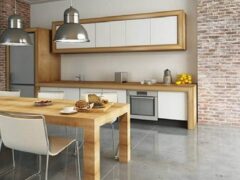
1,563 ViewsIntroduction A well-equipped kitchen makes cooking easy and is a great way to show off your culinary skills. But what if your kitchen is too small or doesn’t have… Read more »
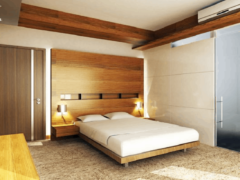
1,105 ViewsYour home is more like the spring season. Here you take shelter from all the worries of the cold world and breathe the peace from the scorching tension. There… Read more »
2,198 ViewsFloor mats are frequently forgotten in corporate décor. Many organizations overlook the marketing and branding potential provided by floor mats. Custom logo floor mats are not only useful, but… Read more »
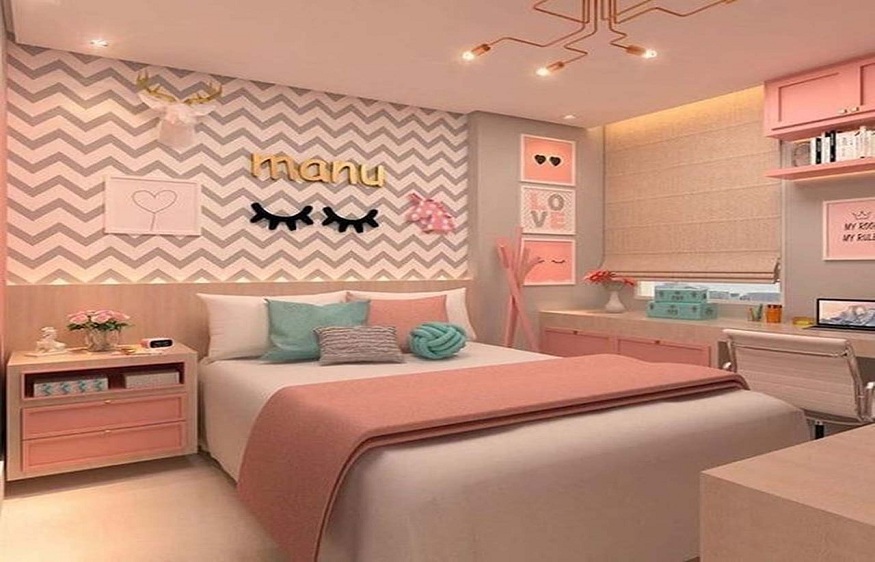
1,781 ViewsWant to refresh your interior decoration on the occasion of the arrival of the beautiful days of spring? The bedroom is perhaps the perfect place to start. Here are… Read more »
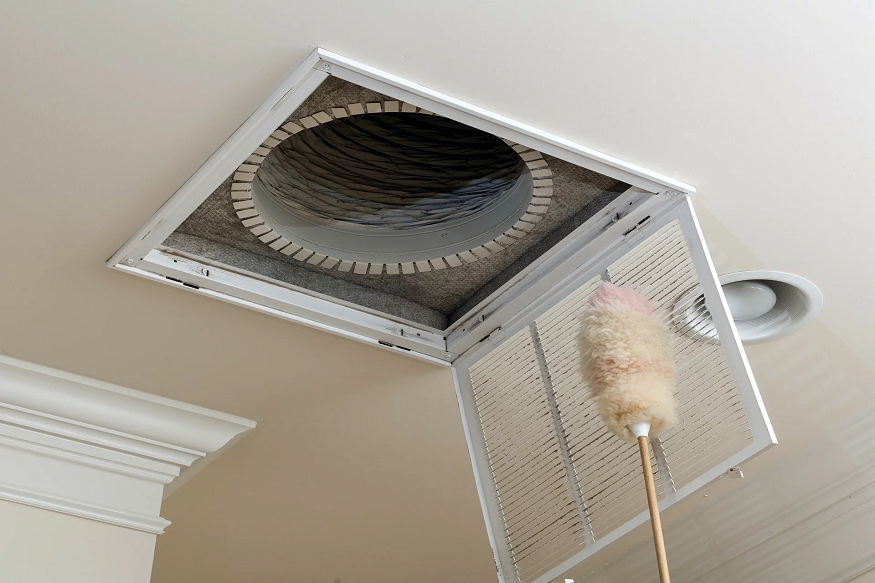
1,669 Views The importance of cleaning your ventilation ducts LucKey May 25, 2022 The ventilation ducts in your home or commercial/industrial center perform a very important function. They circulate the… Read more »
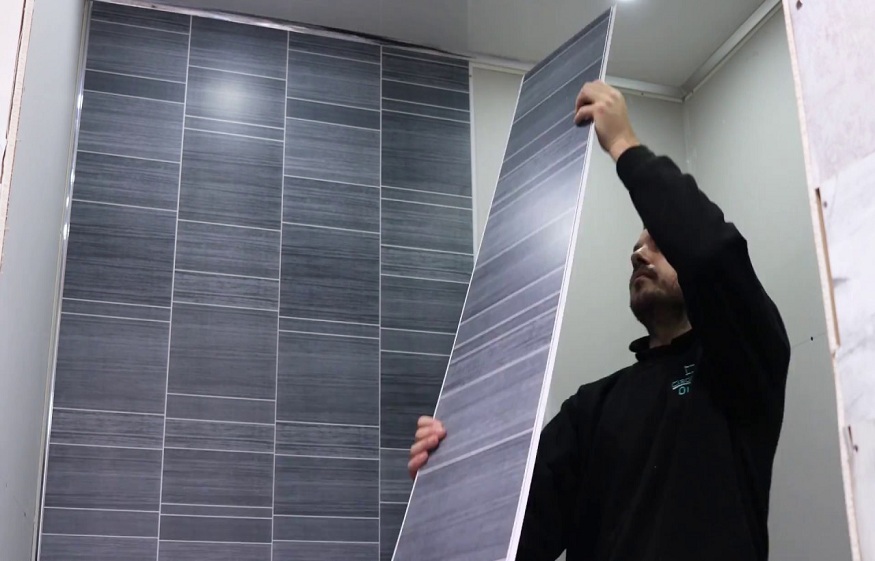
1,054 Views To freshen up any room, the wall transformation is a very suitable solution. In addition, there are many ways to refine its interior by a global or partial… Read more »